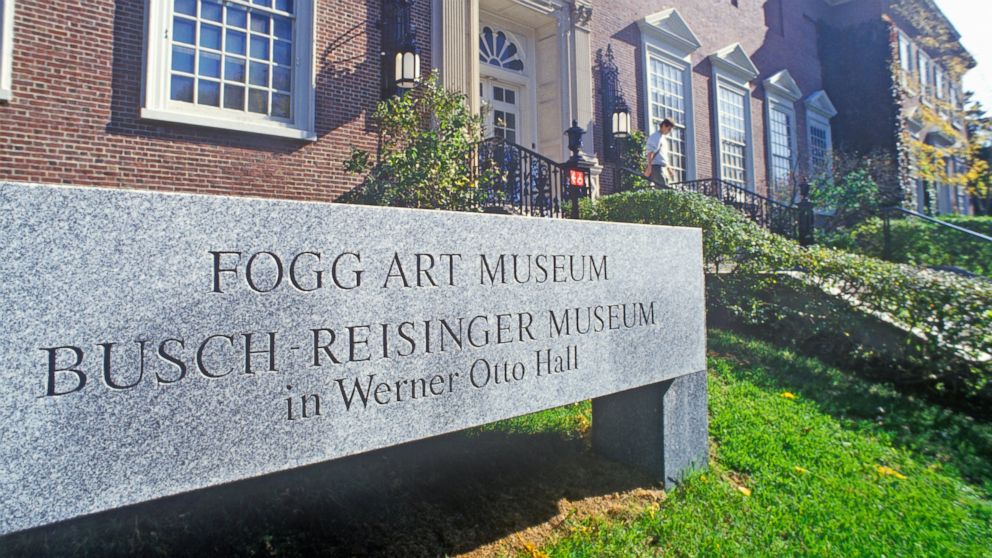$1.5M Jade Treasure Returned to Harvard
Chinese artifact mysteriously disappeared decades ago.

BOSTON, Mass., Jan. 21, 2014— -- An 18th century Chinese jade artifact worth more than $1.5 million was returned to Harvard University today, more than three decades after it vanished from a display inside the school's Fogg Museum.
The artifact, called a censer, was one of 70 pieces from the Quing dynasty donated to Harvard University in the 1940s by a graduate named Ernest Dane and his wife, both art collectors, university officials said.
The six-inch-high, intricately carved incense burner is decorated with two dragons and lidded with a mottled jade lion and its cub.
It vanished from a display case in November 1979 and was recovered by agents contacted by Sotheby's auction house, which advertised it for sale in Hong Kong. Sotheby's officials told investigators it was dropped by a private seller who did not leave any documentation.
A search of the stolen arts registry showed the piece was stolen and Sotheby's contacted law enforcement officials, federal officials said.
While it remains unclear who stole the artifact, customs agents retrieved it and returned it to Harvard with a transfer ceremony today.
Bruce Foucart, special agent in charge of Boston's Immigration and Customs Enforcement agency, said the theft is part of an active investigation.
"We are very proud to be reconnecting this work of art with the Harvard Art Museums," Foucart said. "This is still an ongoing investigation, which agents are diligently working on."
Thomas Lentz, director of Harvard's Art Museums, said the university is grateful to have the jade censer back in its collection, where it will be back on display this fall at newly-renovated Fogg Museum.